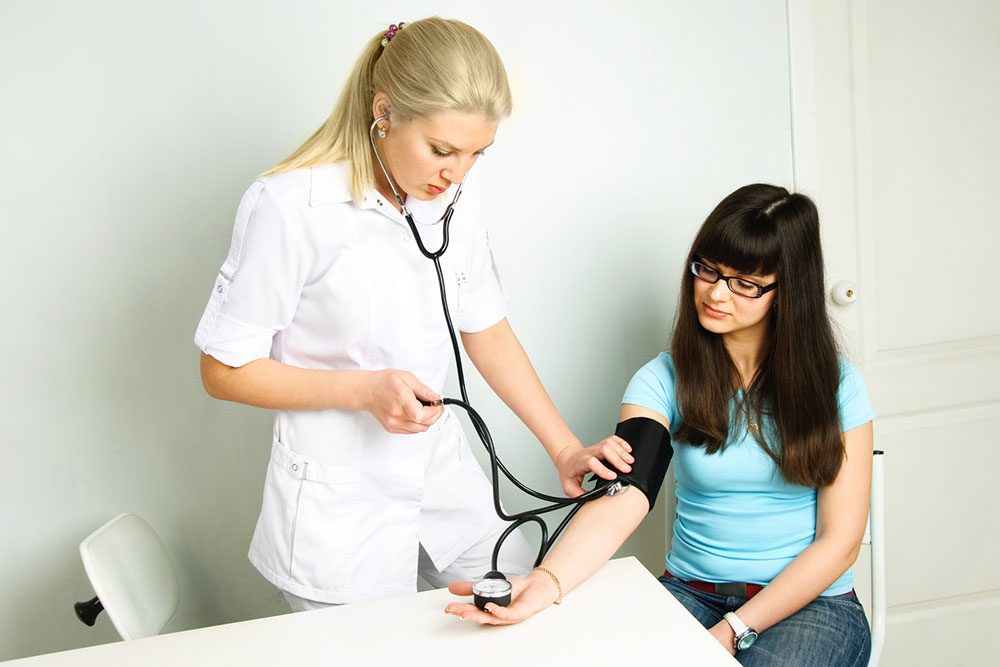Key Insights into Stroke Awareness and Prevention
Learn essential facts about strokes, including warning signs and proactive prevention tips. Recognizing symptoms quickly and adopting a healthy lifestyle can drastically reduce stroke risk. Key prevention strategies include managing blood pressure, avoiding high-fat foods, and identifying early warning signs with the F.A.S.T method to ensure timely medical intervention.
Sponsored

Modern lifestyles can pose significant health risks, including strokes and heart conditions. Recognizing these threats early is crucial for prevention. Statistically, nearly 800,000 Americans suffer strokes annually. A stroke occurs when blood flow to the brain is blocked by a clot or plaque in the arteries. Understanding symptoms and acting swiftly can save lives.
Signs include sudden weakness, speech difficulties, vision problems, dizziness, or loss of balance. The F.A.S.T method—Face, Arms, Speech, Time—helps identify a stroke quickly, urging immediate medical attention.
Preventive measures focus on controlling blood pressure and avoiding risk factors. Lifestyle choices such as reducing salt intake, quitting smoking, maintaining a healthy weight, and limiting saturated and trans fats in diet significantly reduce stroke risk. Avoid processed and fried foods to promote vascular health and lower the chances of a stroke.






